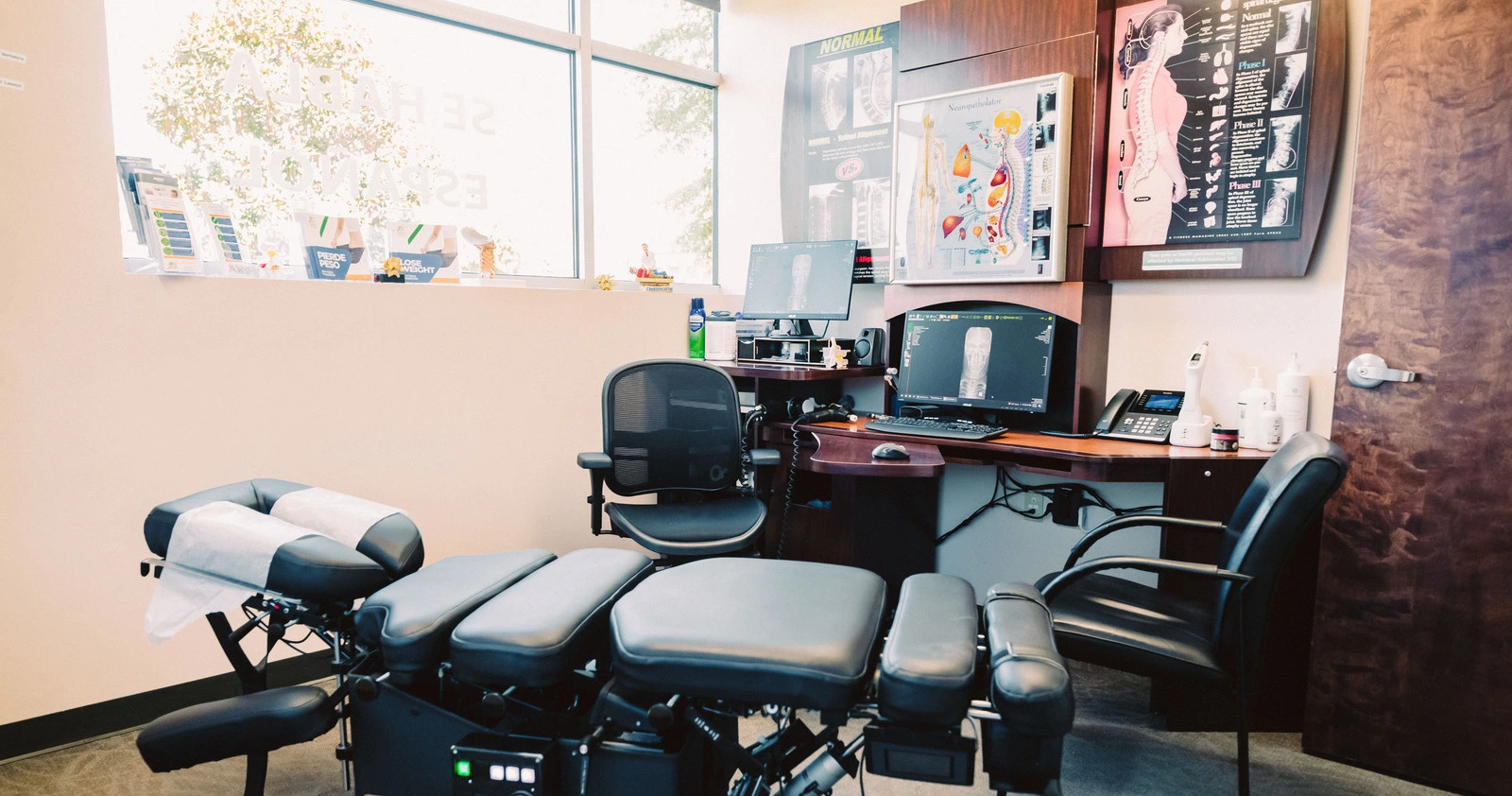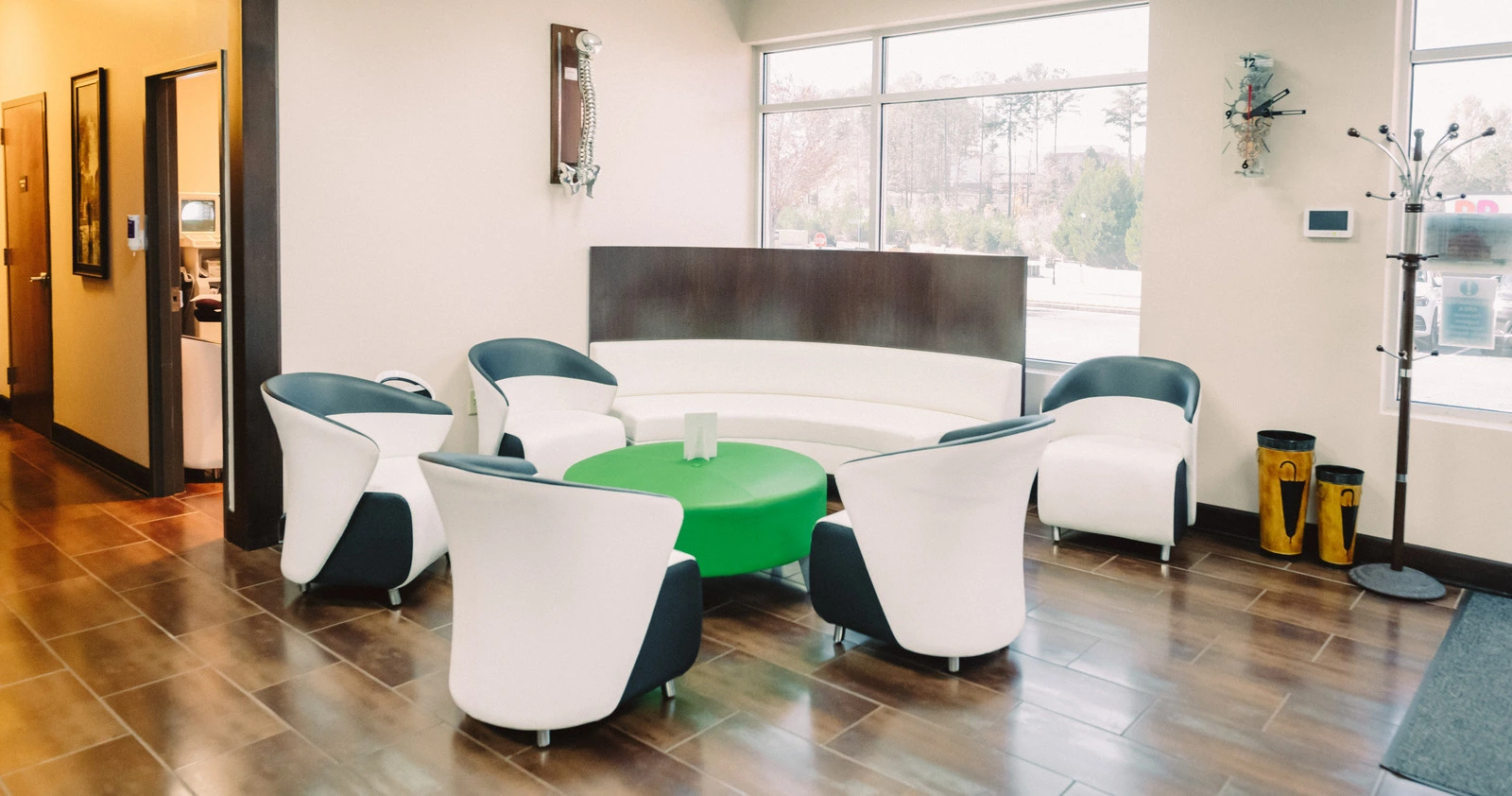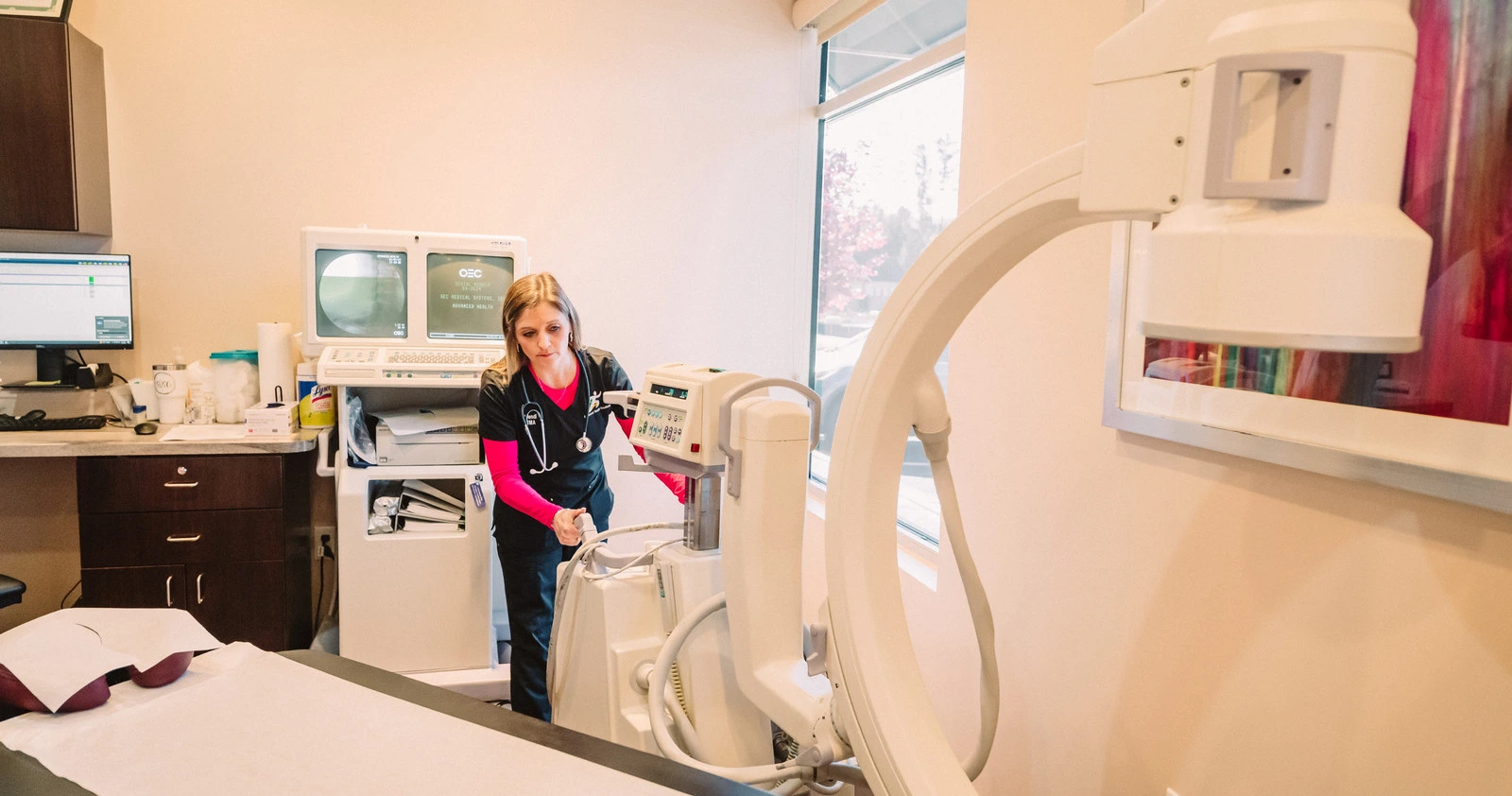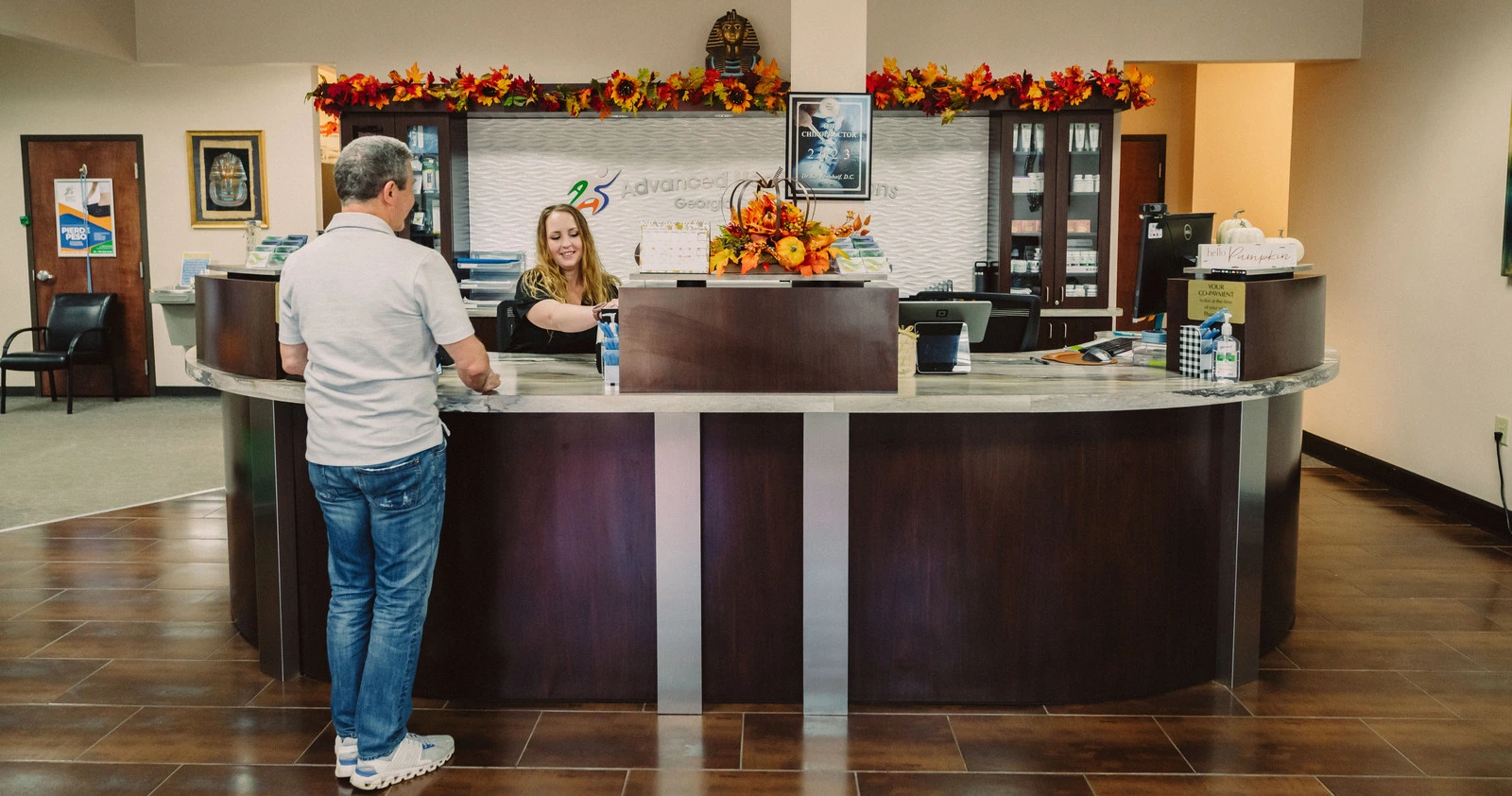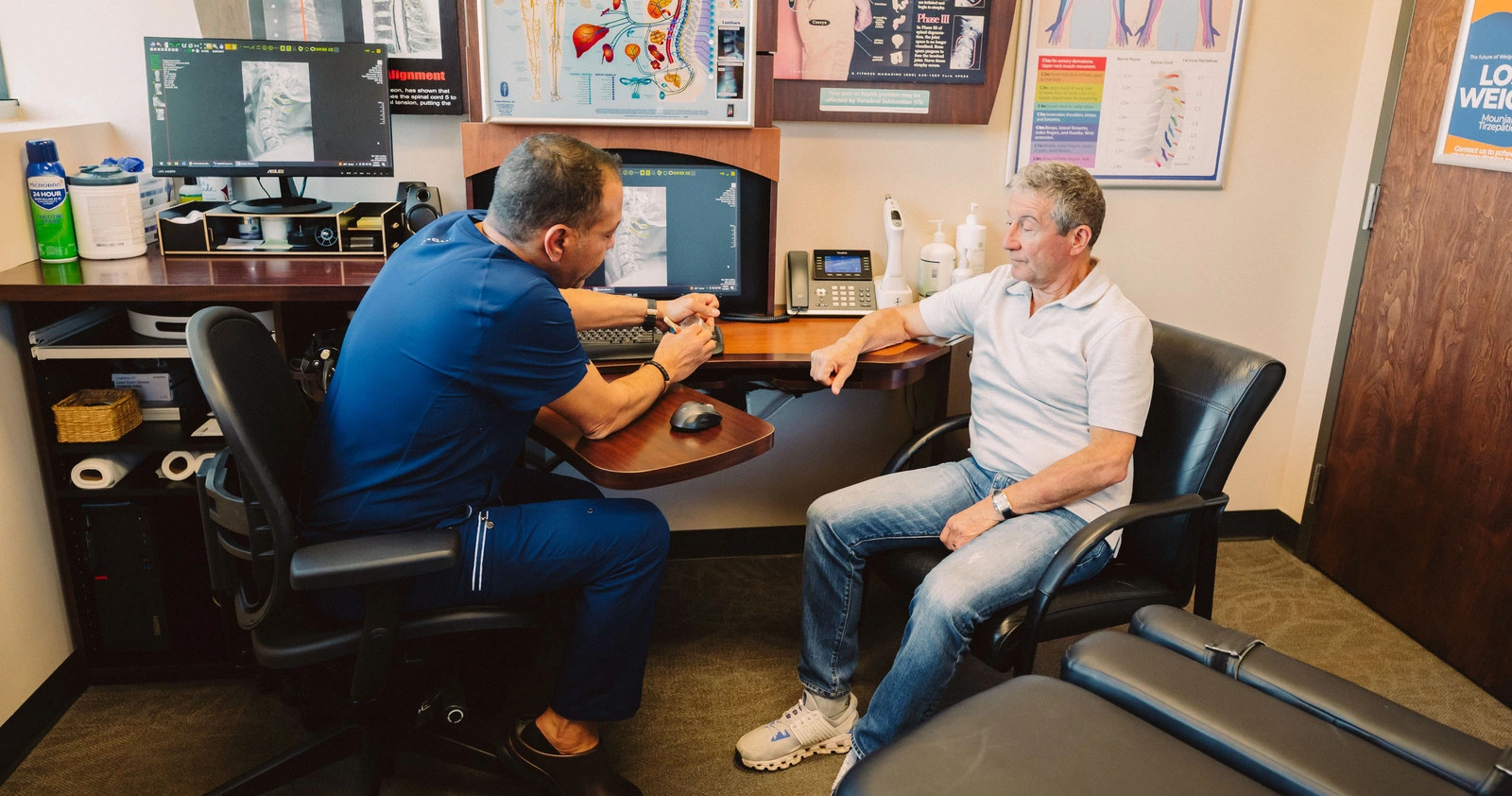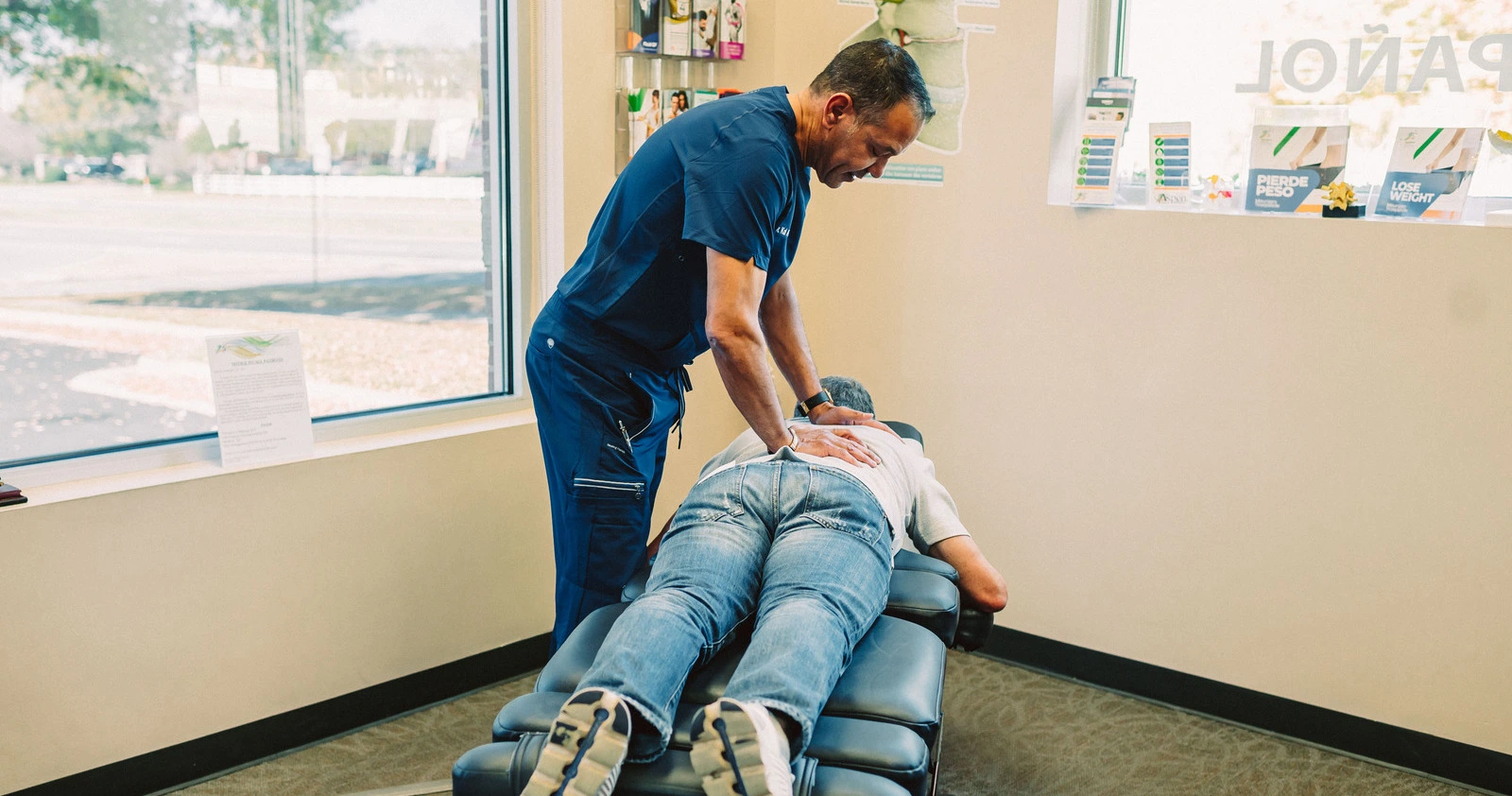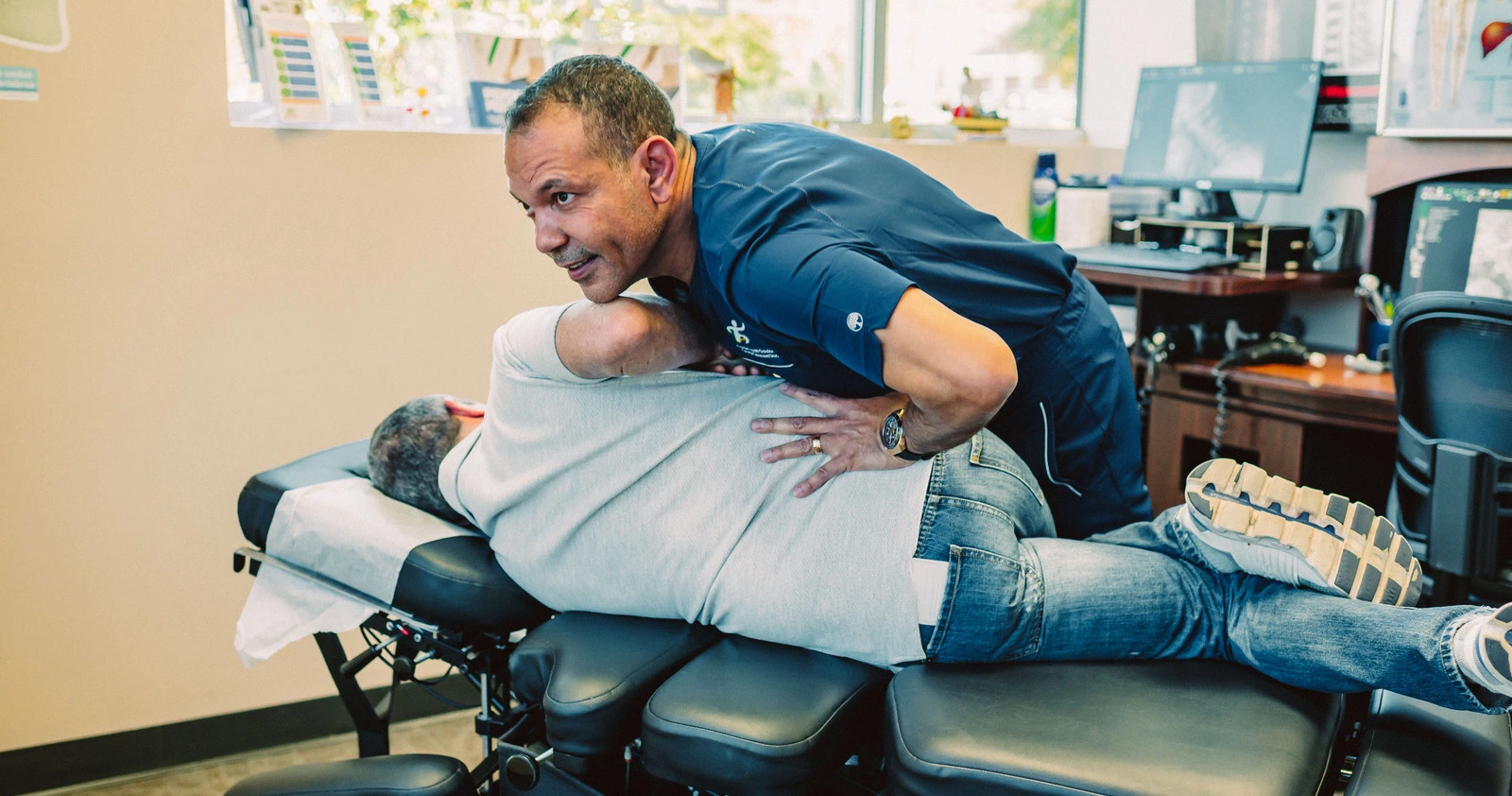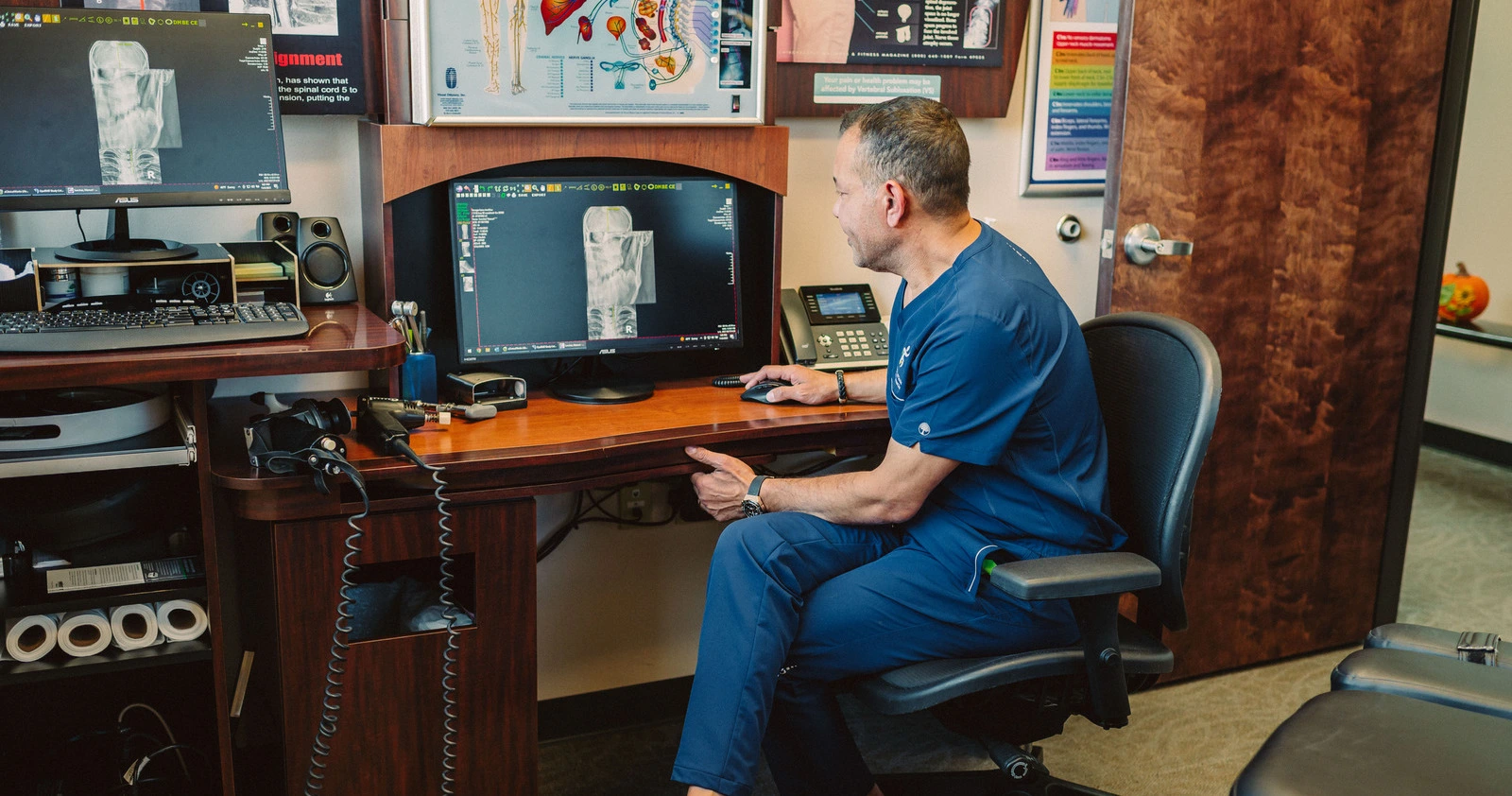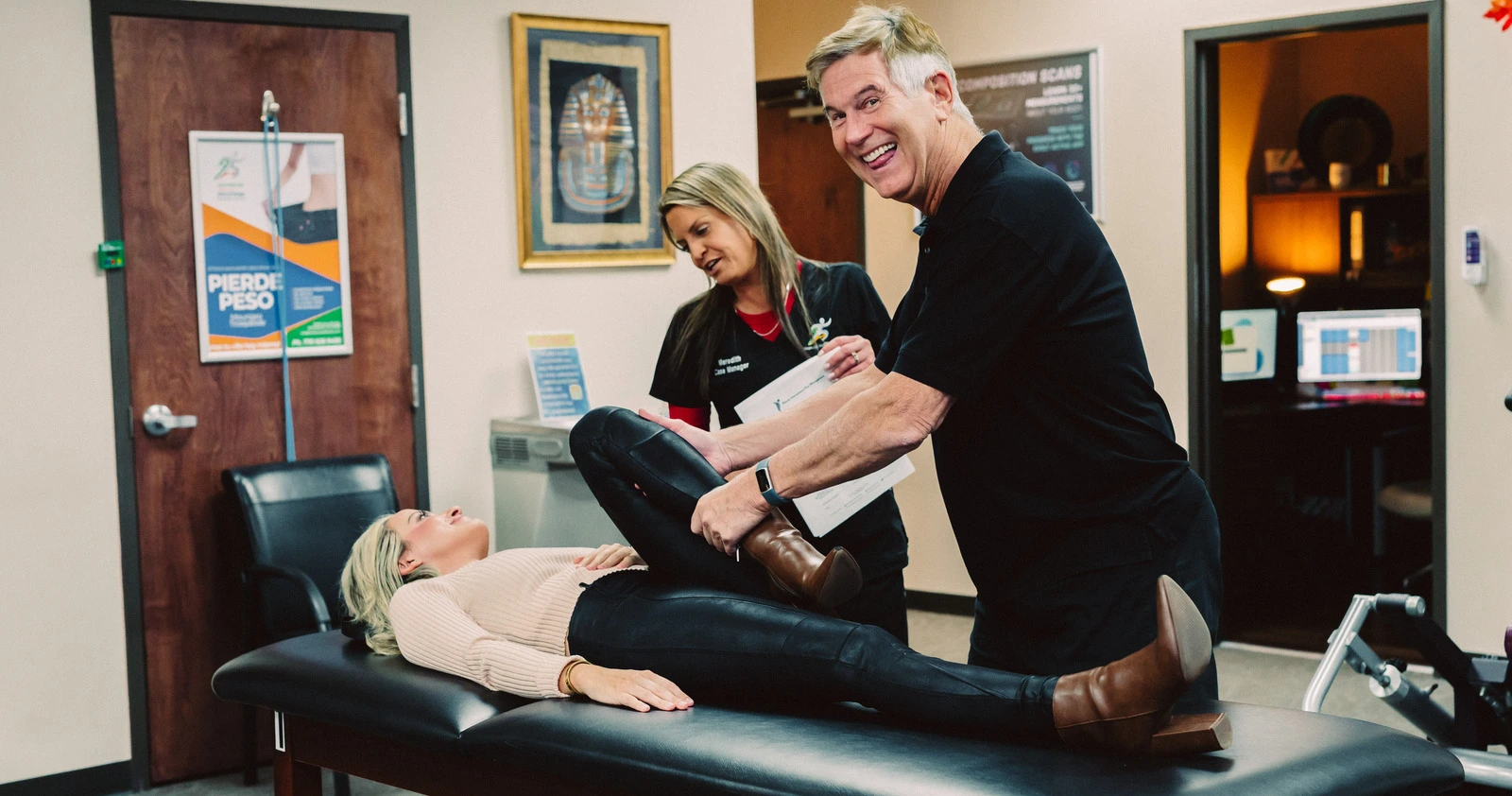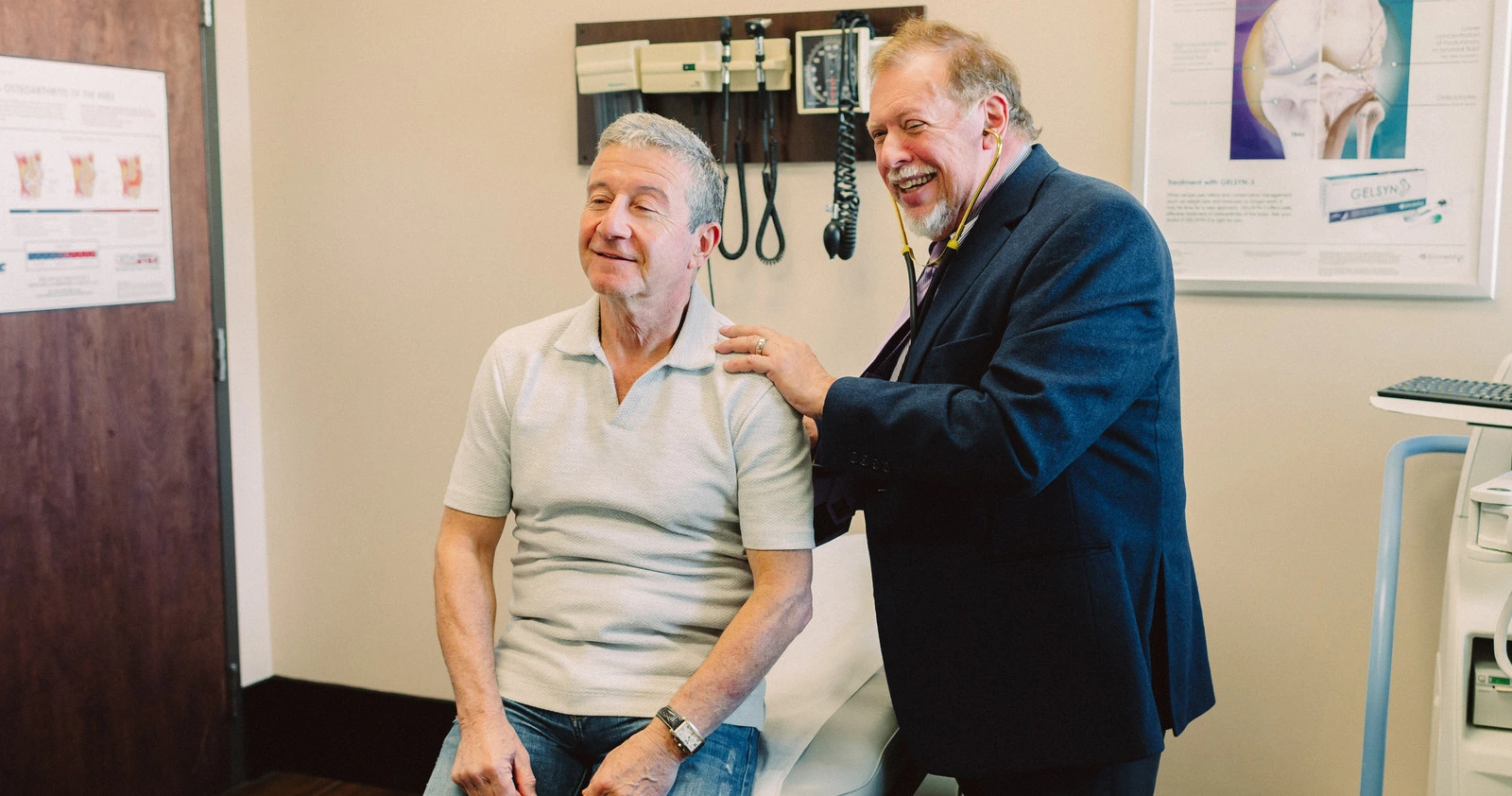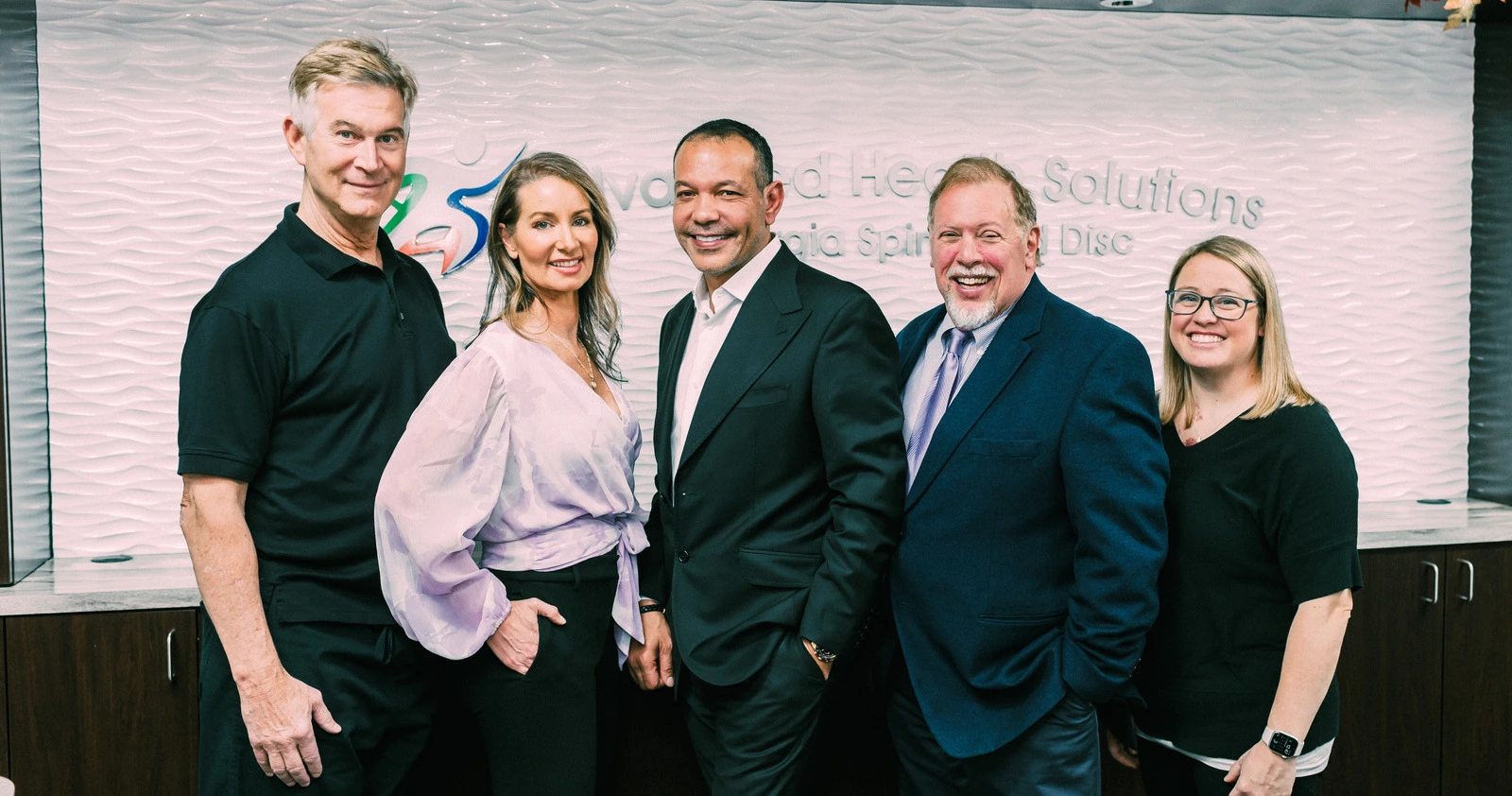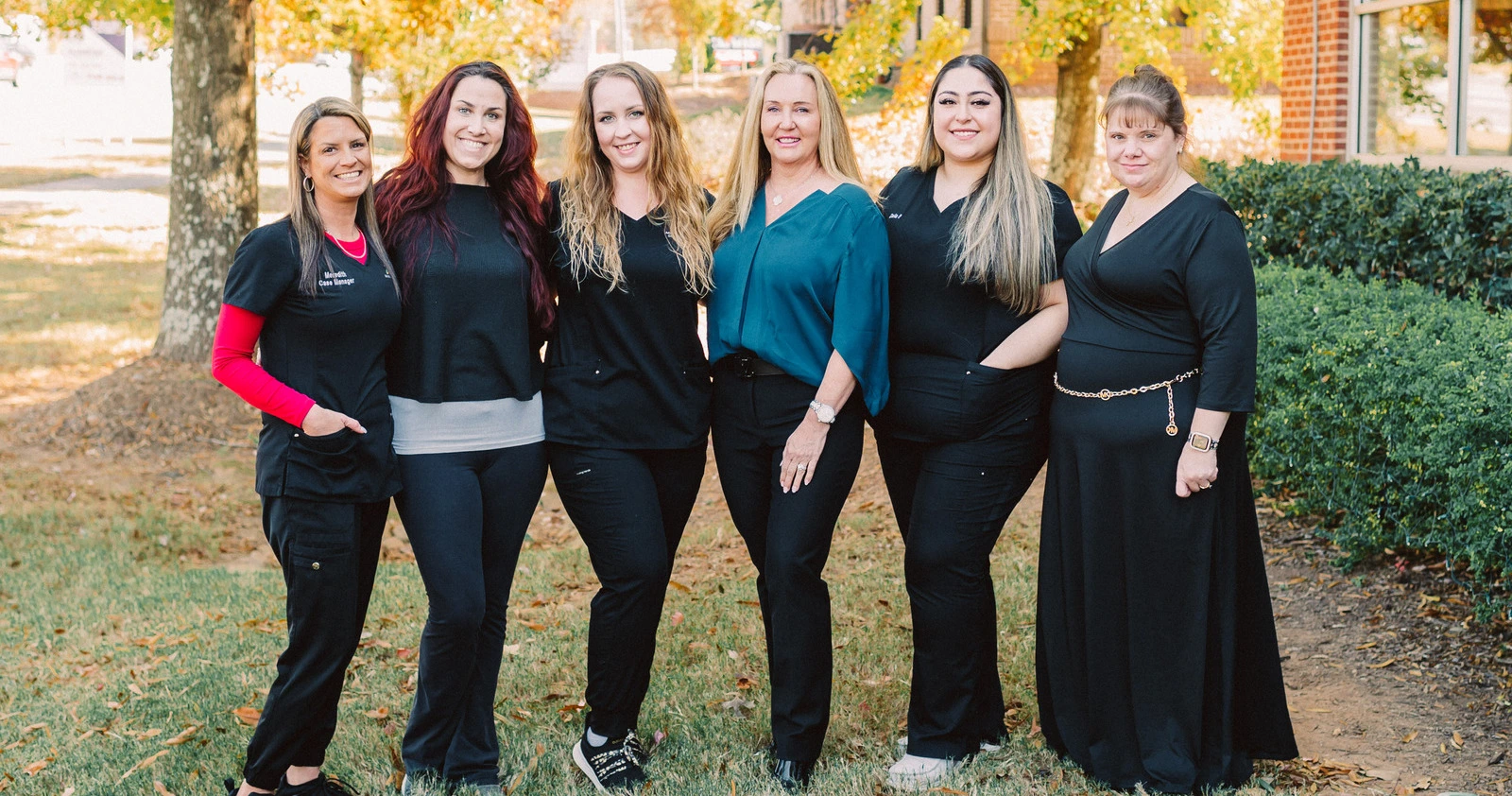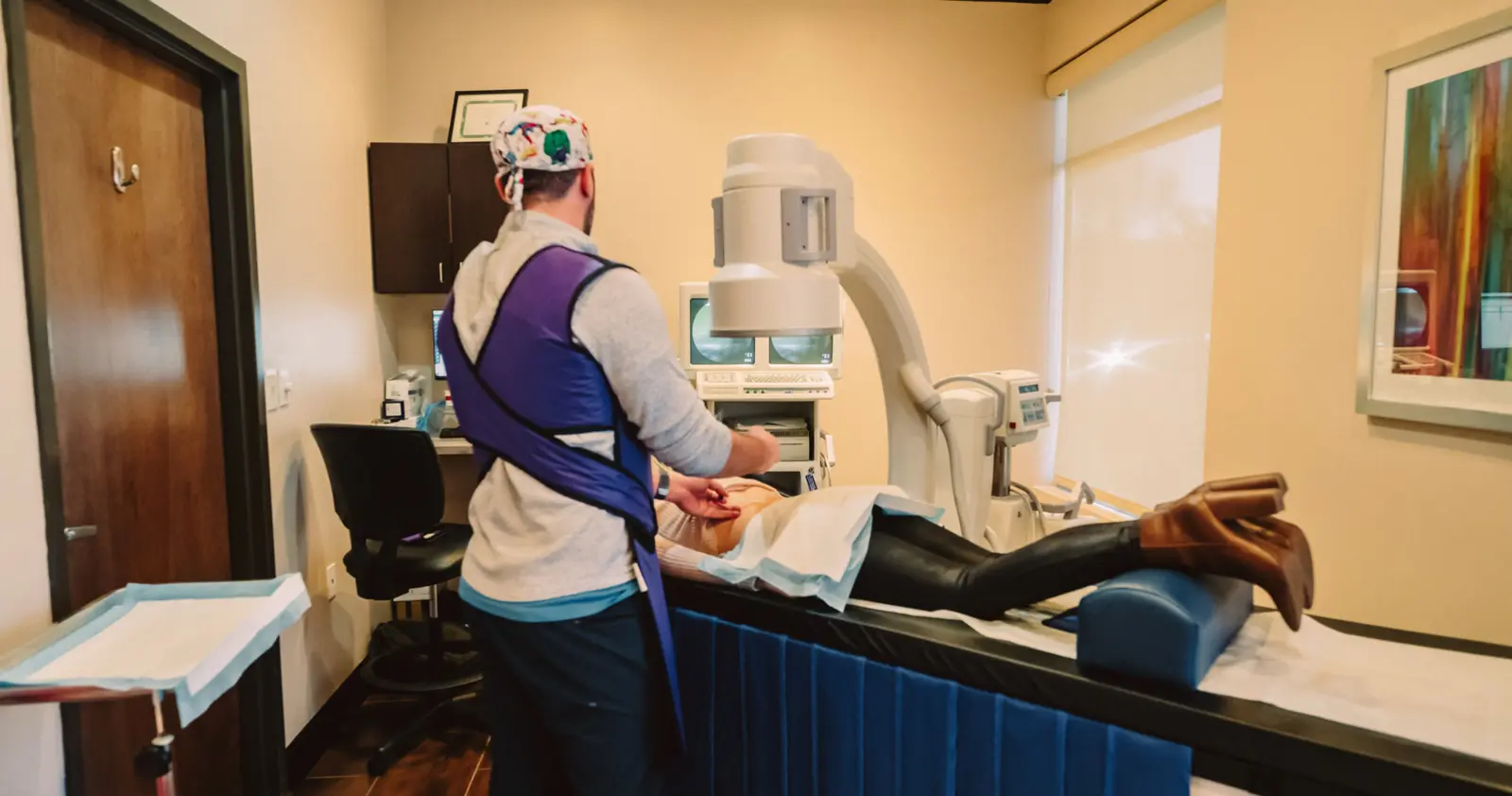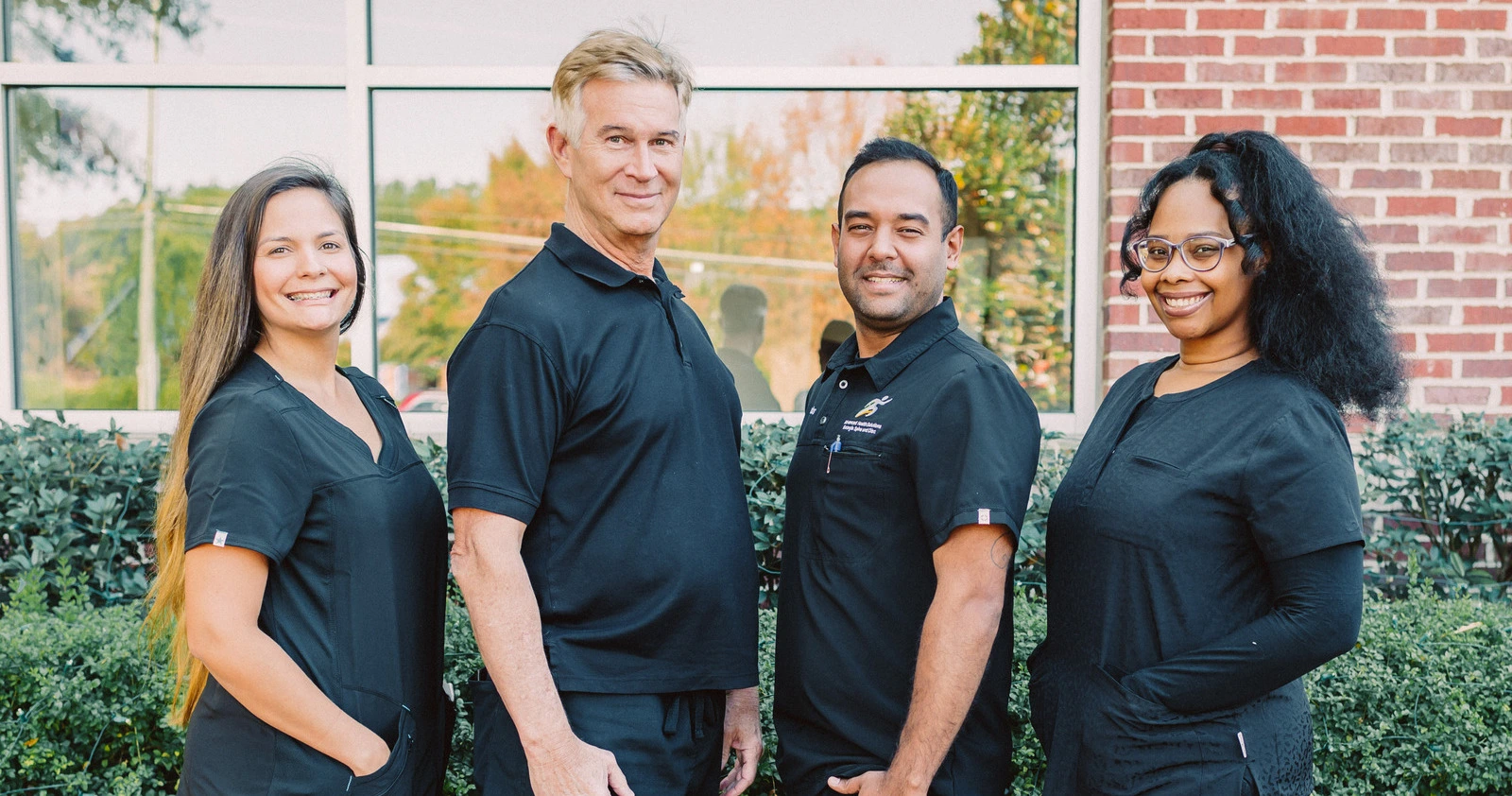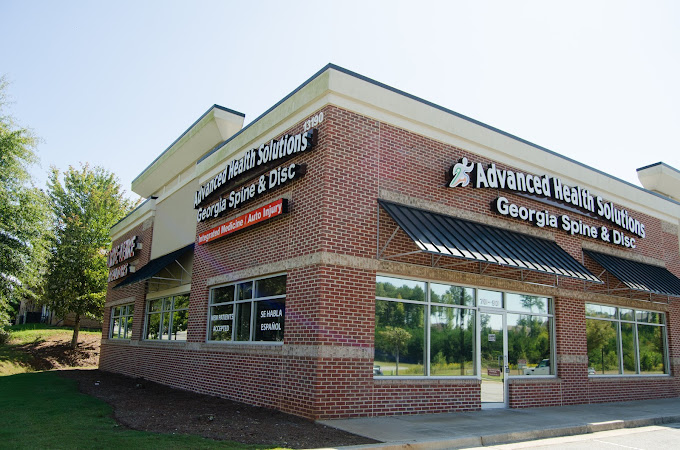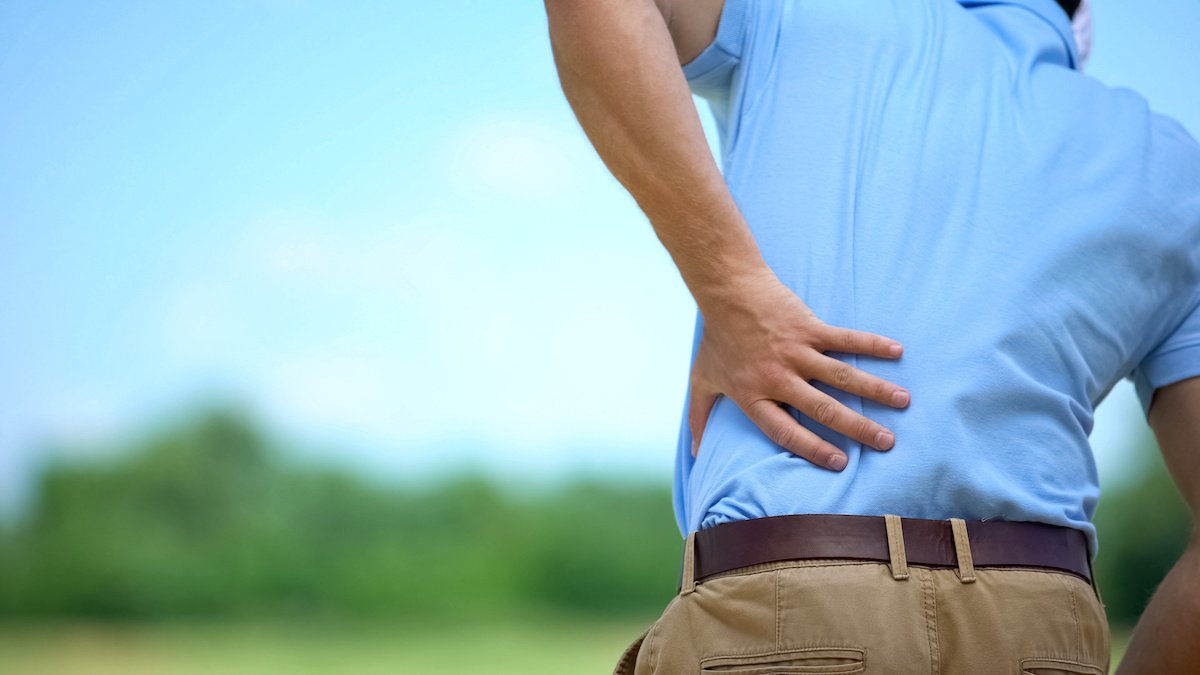
Lower Back Pain Treatment
Lower back pain is a common reason for missing work and visits to the doctor. It can be uncomfortable and debilitating. Low back pain can range in intensity from a dull, constant ache to a sudden, sharp, or shooting pain, and can restrict mobility and interfere with normal functioning. Therefore, you need to seek lower back pain treatment Woodstock to find relief as soon as possible.
According to the National Institute of Neurological Disorders and Stroke (NINDS), low back pain is the most common cause of job-related disability. At least 80 percent of Americans will experience lower back pain in their lifetime.
Lower back pain can occur suddenly as a result of an accident or lifting something heavy, or it can develop over time as we age. Getting too little exercise followed by a strenuous workout can also cause back pain.
There are two types of back pain
- Acute, or short-term back pain lasts a few days to a few weeks. Most people often suffer acute low back pain, which tends to resolve on its own within a few days with self-care and there is no residual loss of function. In some cases, it might take a few months for the symptoms to disappear.
- Chronic back pain is defined as pain that lasts for 12 weeks or longer, even after an initial injury or underlying cause of acute low back pain has been treated. About 20 percent of people affected by acute low back pain develop chronic low back pain with persistent symptoms at one year. Even if pain persists, it does not always mean there is a medically serious underlying cause or one that can be easily identified and treated. In some cases, treatment successfully relieves chronic low back pain, but in other cases, pain continues despite medical treatment and surgery.
Low back pain is often the result of an injury, such as muscle sprains or strains due to sudden movements or poor body mechanics while lifting heavy objects. But, generally, it can result from injury, activity, or some medical conditions.
Back pain can affect people of all ages, for different reasons. As people get older, the chance of developing lower back pain increases, due to factors such as previous occupation and degenerative disk disease.
Lower back pain may be linked to the bony lumbar spine, discs between the vertebrae, ligaments around the spine and discs, spinal cord and nerves, lower back muscles, abdominal and pelvic internal organs, and the skin around the lumbar area.
On the other hand, pain in the upper back may be due to disorders of the aorta, tumors in the chest, and spine inflammation.
Causes of Lower Back Pain
The human back is composed of a complex structure of muscles, ligaments, tendons, disks, and bones, which work together to support the body and enable us to move around. The segments of the spine are cushioned with cartilage-like pads called disks.
Problems with any of these components can lead to back pain. In some cases of back pain, its cause remains unclear. Therefore, it might be difficult to find the right lower back pain treatment Woodstock to relieve the pain.
Damage can result from strain, medical conditions, and poor posture, among others.
Strain
Back pain commonly stems from strain, tension, or injury. Frequent causes of back pain are:
- a muscle spasm
- muscle tension
- strained muscles or ligaments
- damaged disks
- injuries, fractures, or falls
Activities that can lead to strains or spasms include:
- lifting something too heavy
- lifting something improperly
- making an abrupt and awkward movement
Structural Problems
Some structural problems may also cause back pain, including:
- Ruptured disks – Each vertebra in the spine is cushioned by disks. If the disk ruptures there will be more pressure on a nerve, resulting in back pain.
- Bulging disks – In much the same way as ruptured disks, a bulging disk can result in more pressure on a nerve, causing back pain.
- Sciatica – A sharp and shooting pain travels through the buttock and down the back of the leg, caused by a bulging or herniated disk pressing on a nerve.
- Abnormal curvature of the spine – If the spine curves in an unusual way, back pain can result. An example is a scoliosis, in which the spine curves to the side.
- Arthritis – Osteoarthritis can cause problems with the joints in the hips, lower back, and other places. In some cases, the space around the spinal cord narrows, leading to back pain. This is known as spinal stenosis.
- Osteoporosis – Bones, including the vertebrae of the spine, become brittle and porous, making compression fractures more likely.
- Kidney problems – Kidney stones or kidney infections can cause back pain.
Movement and Posture
Adopting a very hunched sitting position when using computers can result in increased back and shoulder problems over time. Back pain can also result from some everyday activities or poor posture.
Examples include:
- coughing or sneezing
- twisting
- over-stretching
- muscle tension
- pushing, pulling, lifting, or carrying something
- bending awkwardly or for long periods
- standing or sitting for long periods
- long driving sessions without a break, even when not hunched
- straining the neck forward, such as when driving or using a computer
- sleeping on a mattress that does not support the body and keep the spine straight
Having pain in the lower back can disrupt your daily life, and therefore, you need to seek the right lower back pain treatment Woodstock soonest to relieve pain so that you get can get back to your normal life.
Other Causes
Some medical conditions can lead to back pain, including:
- Cauda equina syndrome – The cauda equine is a bundle of spinal nerve roots that arise from the lower end of the spinal cord. Symptoms include dull pain in the lower back and upper buttocks, as well as numbness in the buttocks, genitalia, and thighs. Sometimes, there are bowel and bladder function disturbances.
- Cancer of the spine – A tumor on the spine may press against a nerve, resulting in back pain.
- Infection of the spine – A fever and a tender, warm area on the back could be due to an infection of the spine.
- Other infections – Pelvic inflammatory disease, bladder, or kidney infections may also cause back pain.
- Shingles – An infection that can affect the nerves may lead to back pain. This depends on the nerves that are affected.
- Sleep disorders – Individuals with sleep disorders are more likely to experience back pain, compared with those who get adequate sleep.
Symptoms
The main symptom of back pain is an ache or pain anywhere in the back, and sometimes all the way down to the buttocks and legs. Some back issues can cause pain in other parts of the body, depending on the nerves affected.
The pain often goes away without treatment. However, if it occurs with any of the following symptoms, you should see a doctor for proper lower back pain treatment Woodstock:
- fever
- weight loss
- pain down the legs
- inflammation or swelling on the back
- pain that reaches below the knees
- persistent back pain, whereby lying down or resting does not help
- a recent injury, blow, or trauma to the back
- difficulty urinating
- urinary incontinence
- fecal incontinence, or loss of control over bowel movements
- numbness around the anus, genitals, and buttocks
Risk Factors
The following factors are linked to a higher risk of developing lower back pain:
- pregnancy
- occupational activities
- poor physical fitness
- a sedentary lifestyle
- obesity and excess weight
- older age
- smoking
- medical conditions, such as arthritis and cancer
- strenuous work or physical exercise, especially if done incorrectly
- genetic factors
Lower back pain also tends to be more common in women than in men, possibly due to hormonal factors. Stress, anxiety, and mood disorders have also been linked to back pain.
When to See A Doctor
You should seek treatment if you experience any numbness or tingling, or if you have back pain:
- that does not improve with rest
- after an injury or fall
- with fever
- with weakness
- with numbness in the legs
- with unexplained weight loss
Lower Back Pain Treatment
If you need lower back pain treatment Woodstock, contact Advanced Health Solutions – GA Spine & Disc today to find out how we can help you. Call us now at (770) 212-3991 or use our online contact form to book your appointment.
Lower Back Pain Treatment


